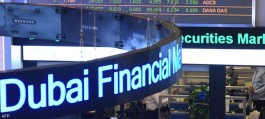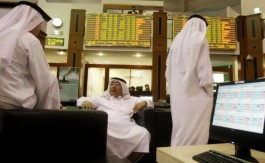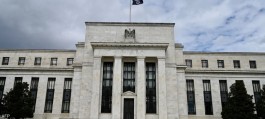The world's largest bond market rose after Jerome Powell downplayed the likelihood of raising interest rates and the Federal Reserve signaled it would shrink its balance sheet at a slower pace in an effort to ease pressures in financial markets.
U.S. Treasuries rose across the board, with the yield on the two-year note falling below 5%. Swap traders increased their bets on rate cuts and saw a higher chance that the first move would happen in November, rather than December. Stocks gave up gains as chipmakers slumped.
Fed officials decided to keep interest rates in a range of 5.25% to 5.5% for a sixth straight meeting. Officials also laid out plans to slow the pace of the central bank’s asset-reduction plan. The Fed plans to reduce the maximum amount of Treasuries it can hold to maturity without rolling over to $25 billion a month from $60 billion starting in June, in an effort to reduce the risk of financial market turmoil that occurred during the previous round of balance-sheet reductions in 2019.
How does Wall Street view the Fed's decision?
- Krishna Guha of Evercore:
The key message is that the cuts have been postponed, not cancelled.
It wasn't just dovish, Powell indicated he was open to the possibility of no cuts this year.
But compared to expectations, this is a very measured and hawkish reset, consistent with the idea that the (weak) base case remains two rate cuts starting in September, although a longer delay until December or later is still very possible depending on how the economy develops.
- Sonu Varghese of Carson Group
Powell has repeatedly dismissed the idea of raising interest rates from here, and has dismissed the idea of stagflation, noting that inflation has fallen too far and that unemployment is really low. So, in his view, he believes that inflation will continue to fall, and so the next likely move by the Fed would be to cut rates once it has sufficient confidence that inflation is heading toward 2%.
The fact that inflation is still high means they won’t cut rates very soon. At the same time, they will slow the pace of shrinking their balance sheet (their huge bond portfolio), which is likely to put less upward pressure on bond yields.
- Chris Zaccarelli of Independent Advisor Alliance
Not only did Powell choose not to be hawkish at the press conference, he made a concerted effort to be dovish. At each point, he looked on the bright side of the data—from higher-than-expected inflation to weaker-than-expected economic growth recently—and dismissed any suggestions that the Fed was shifting from cutting rates to raising them.



































